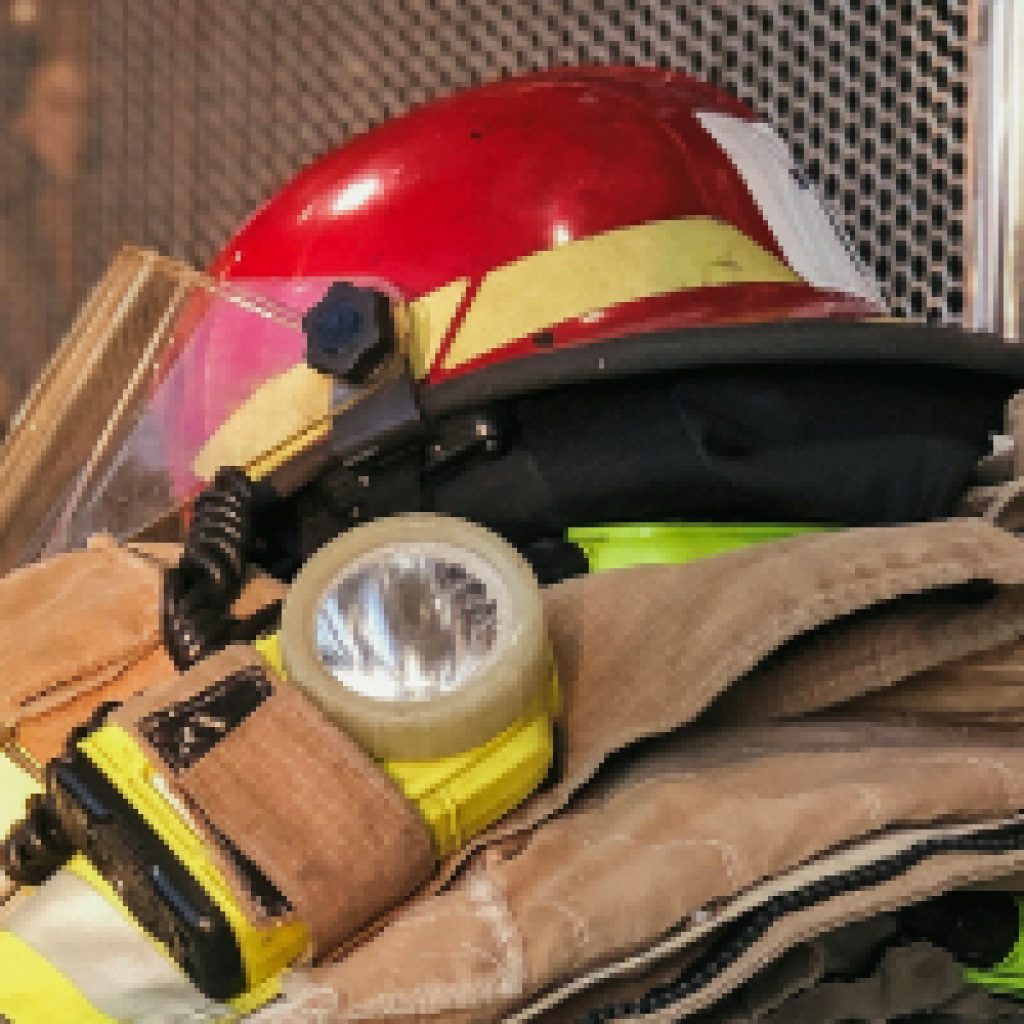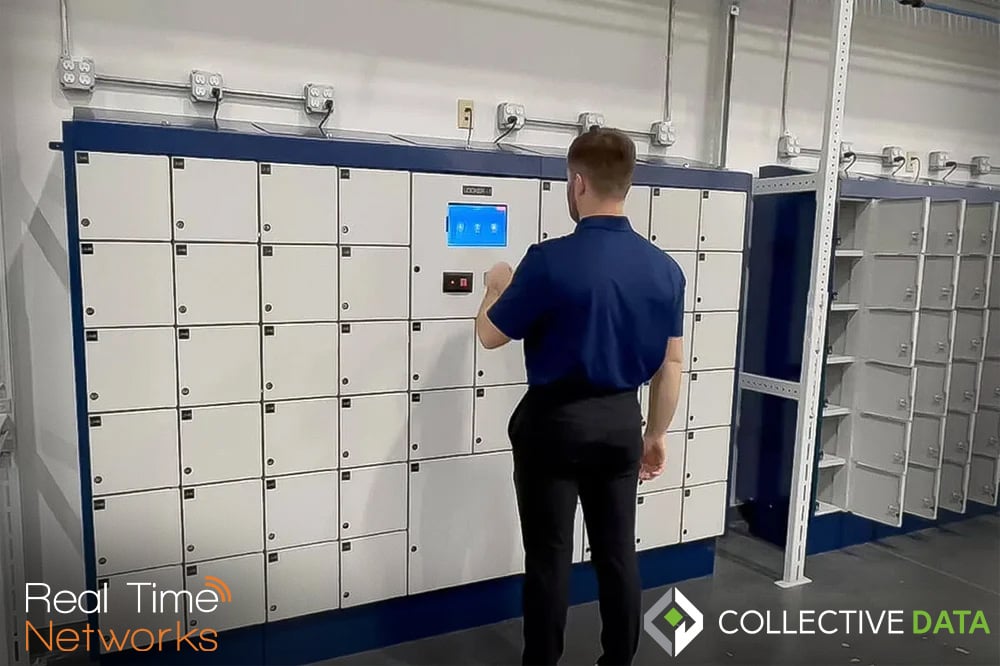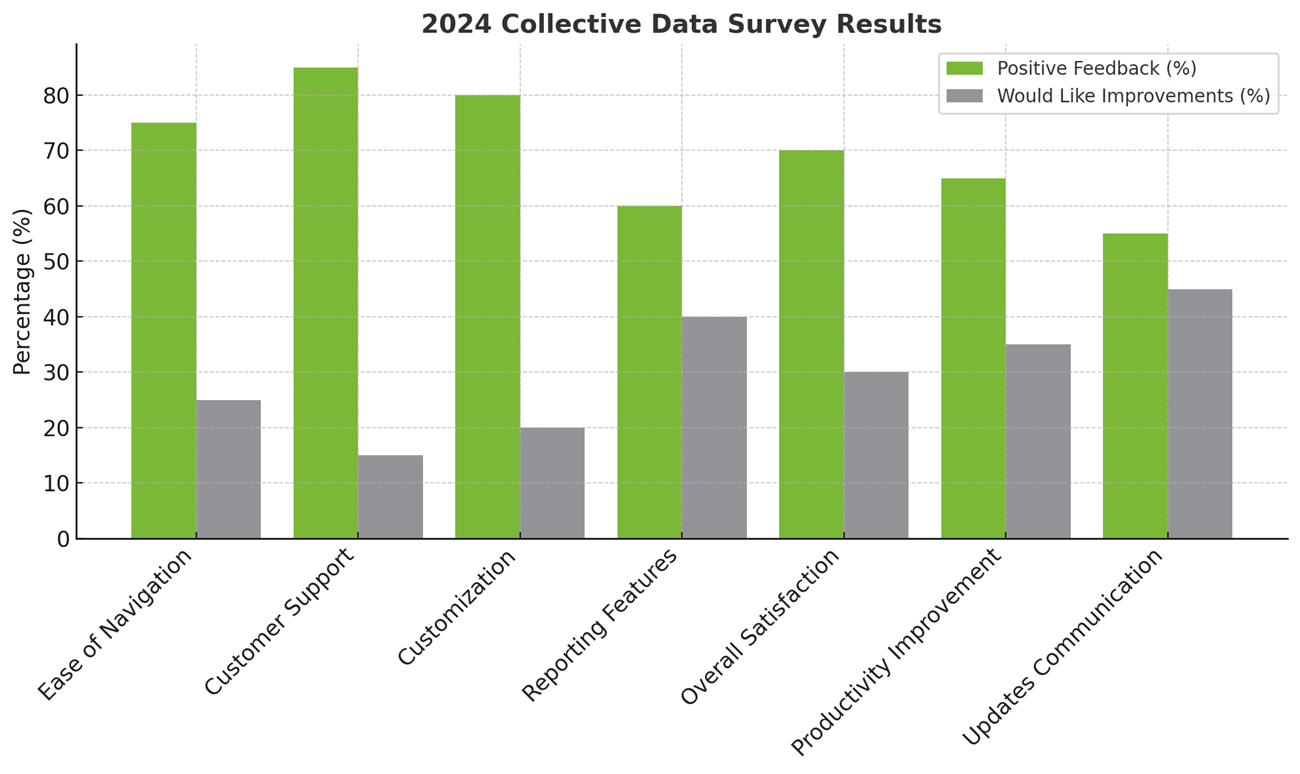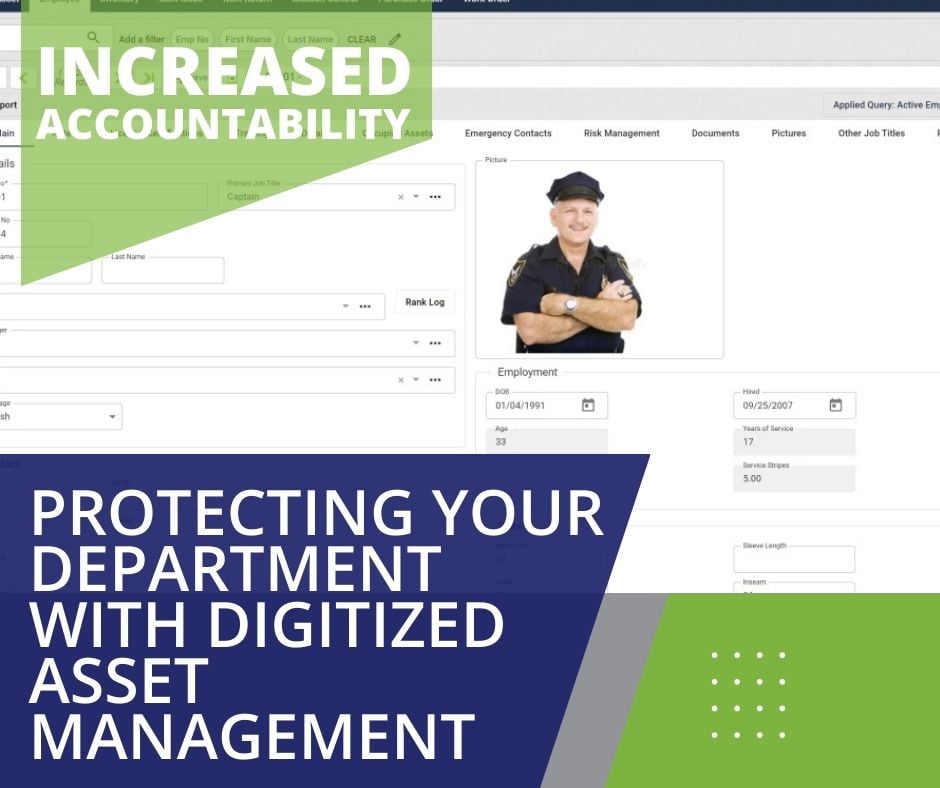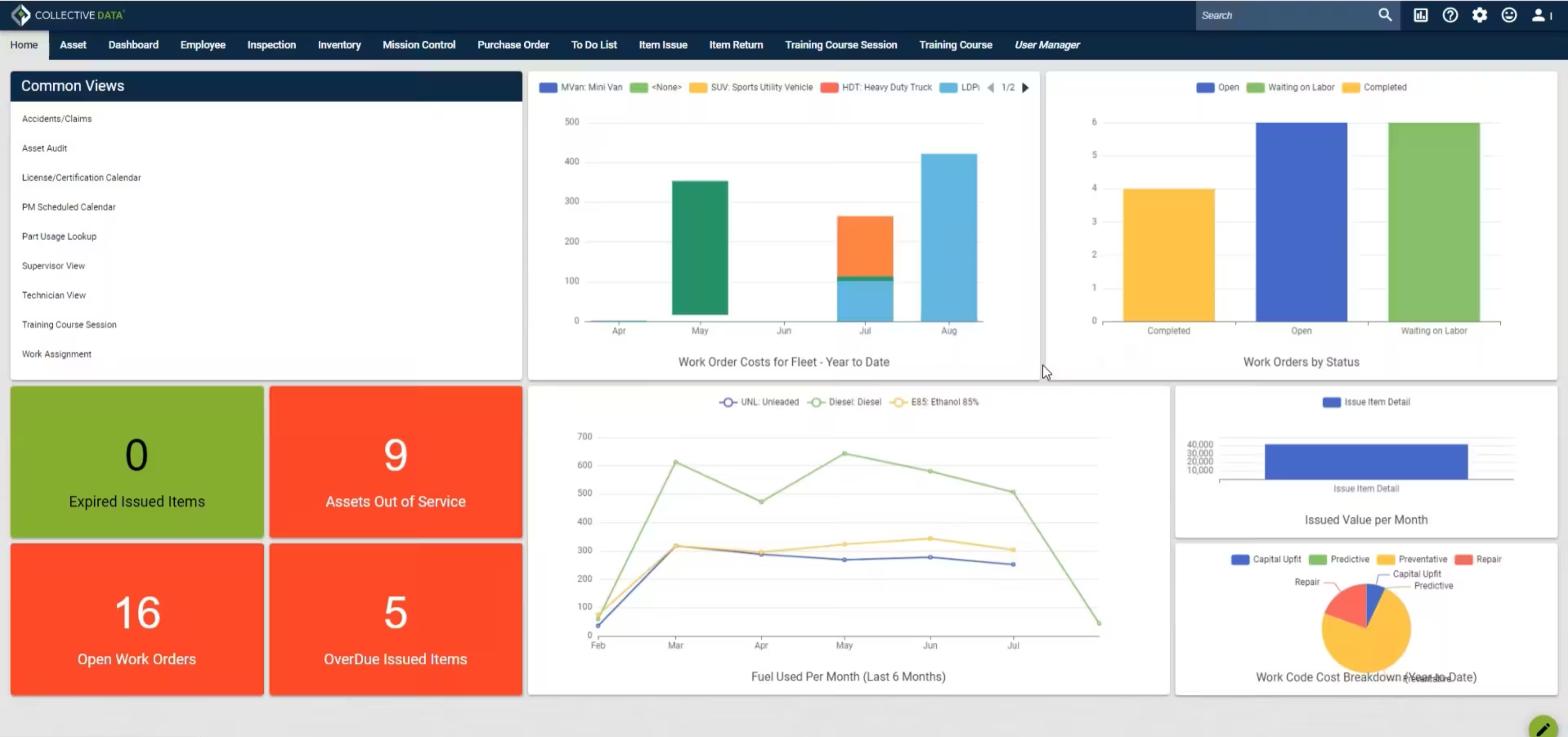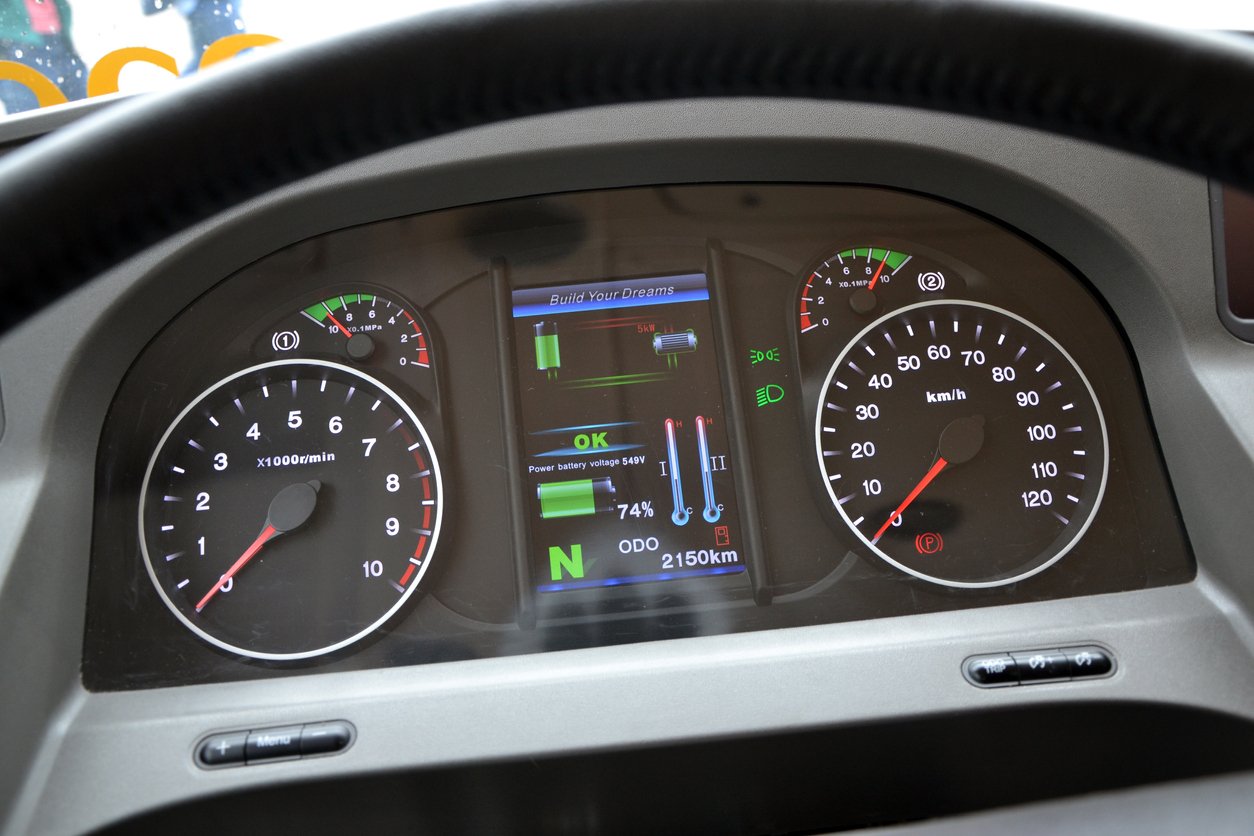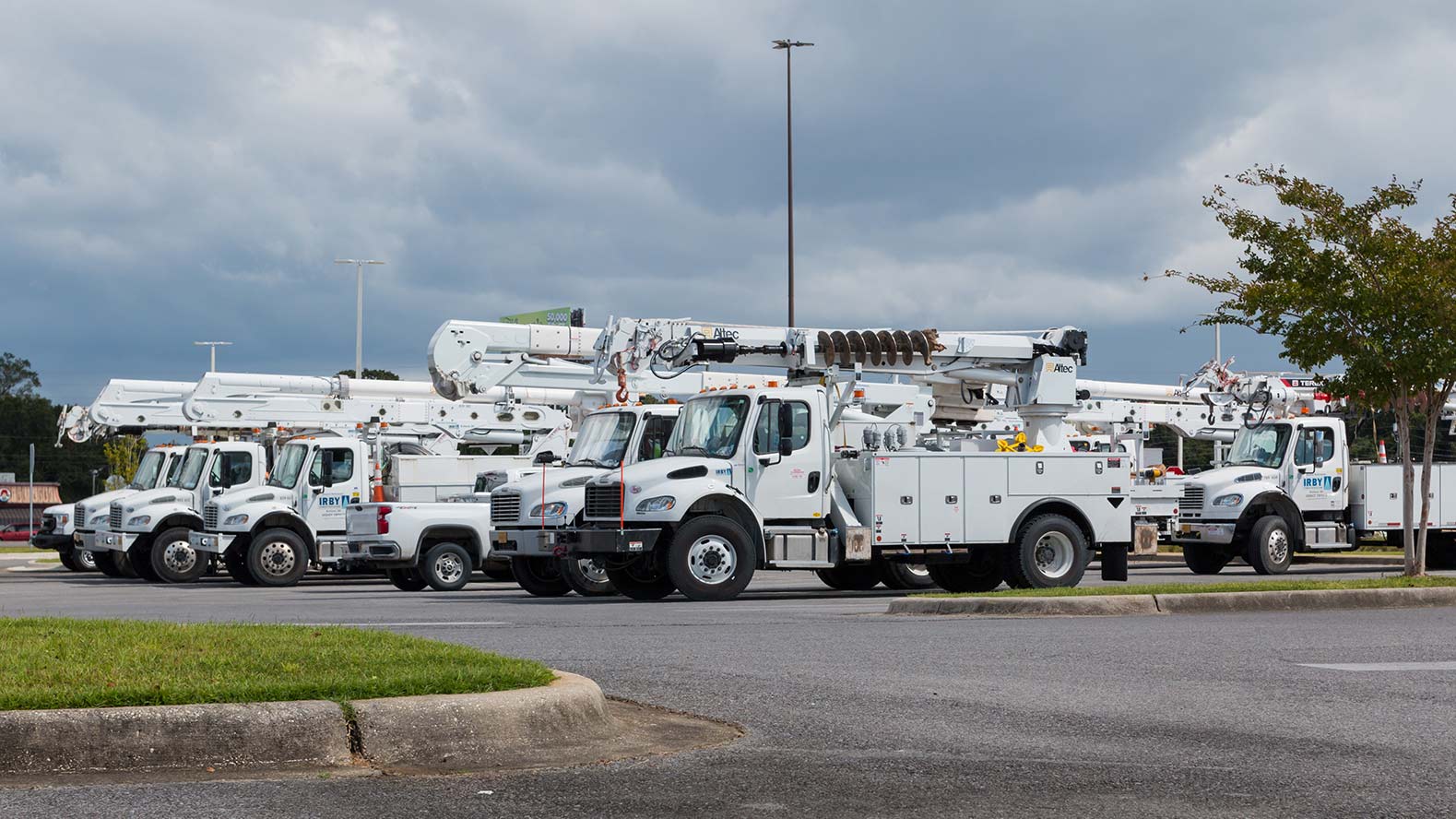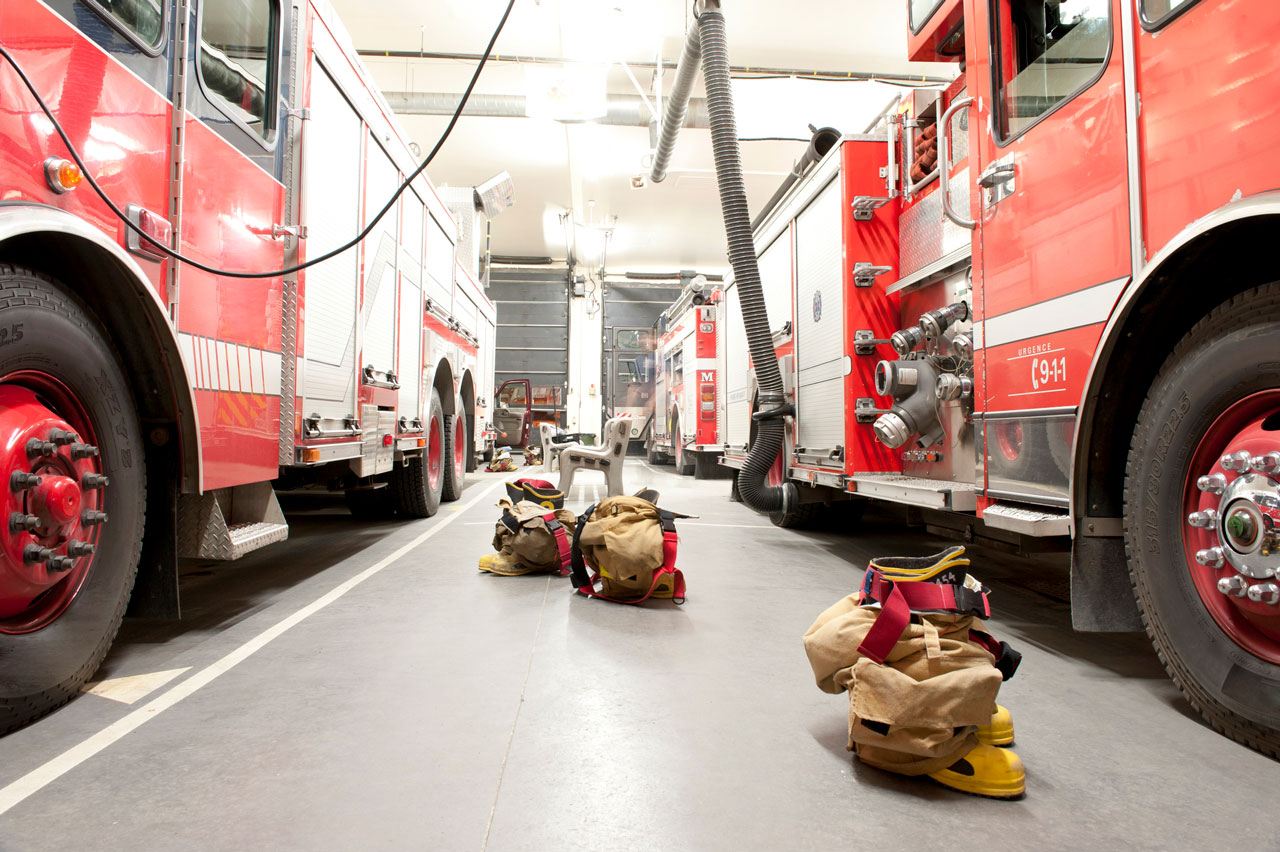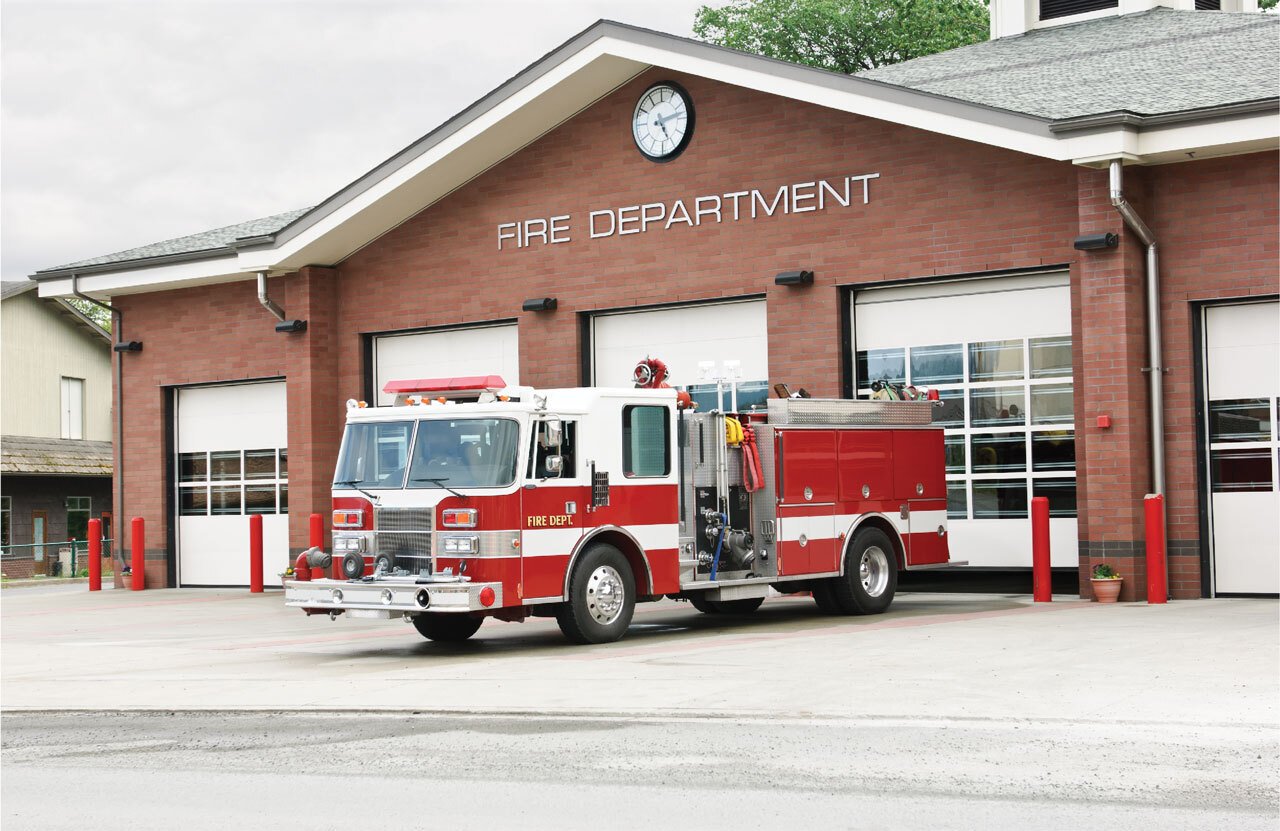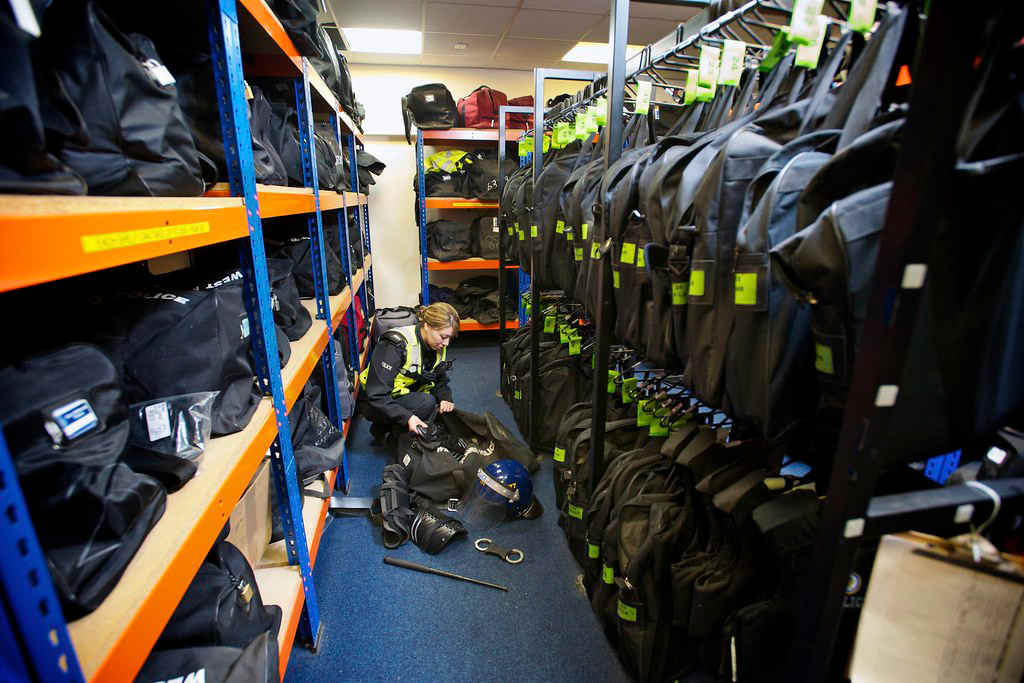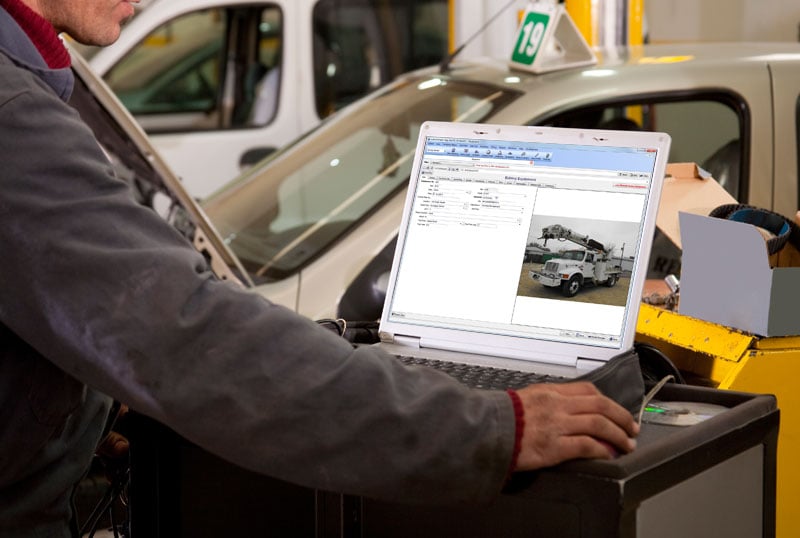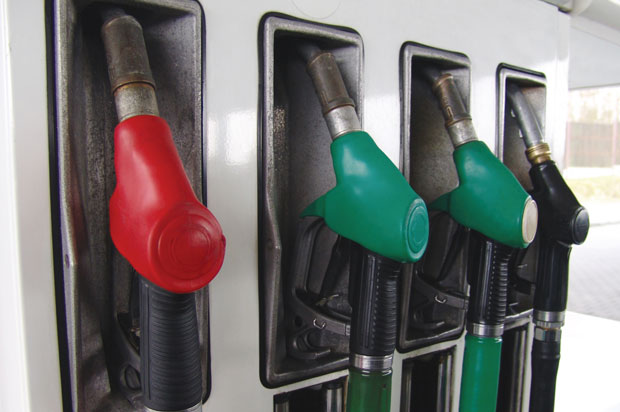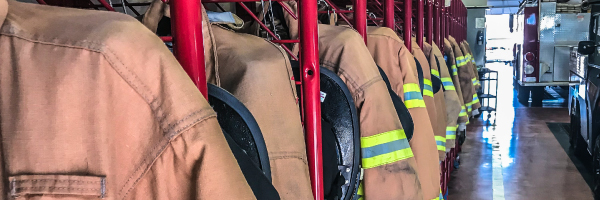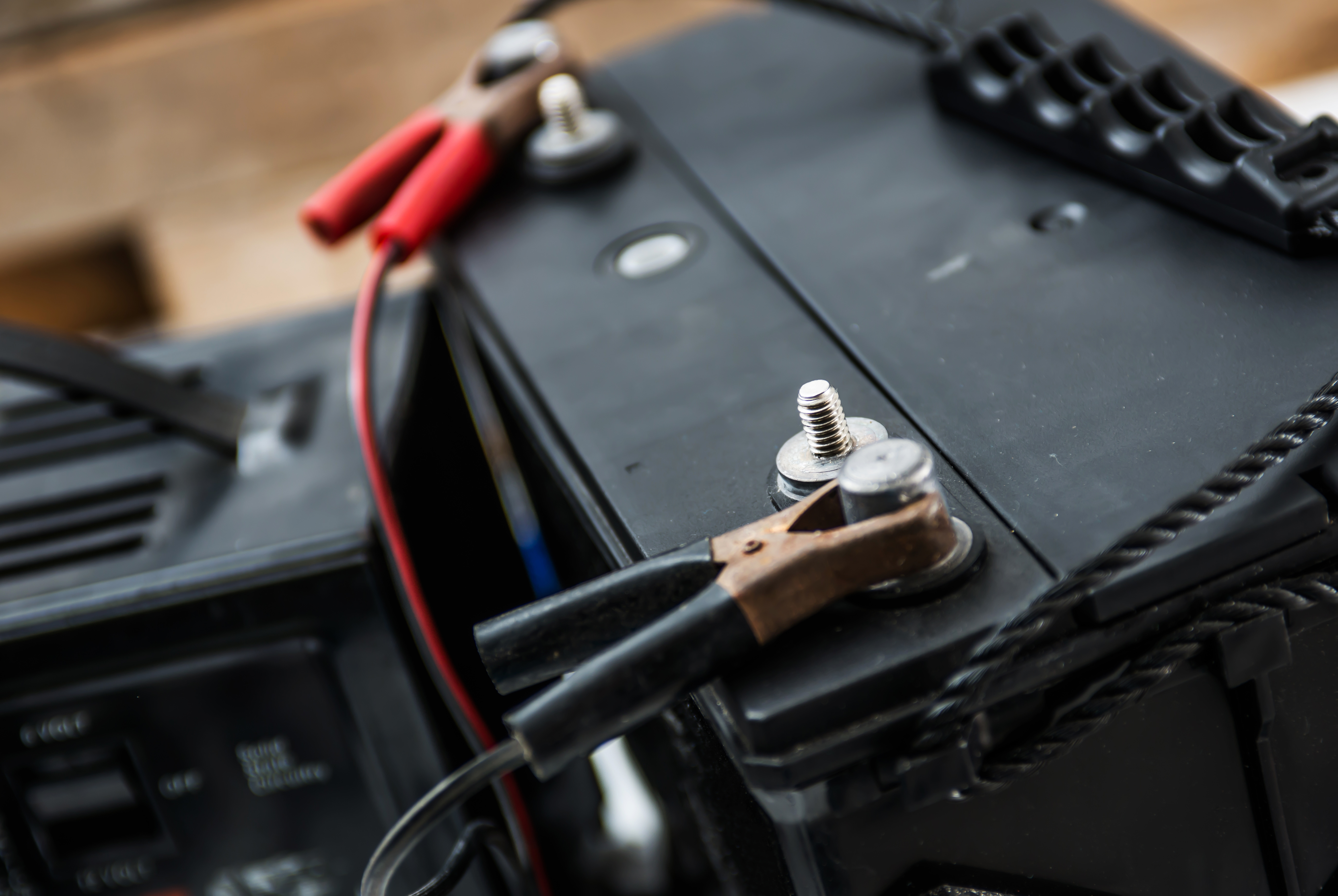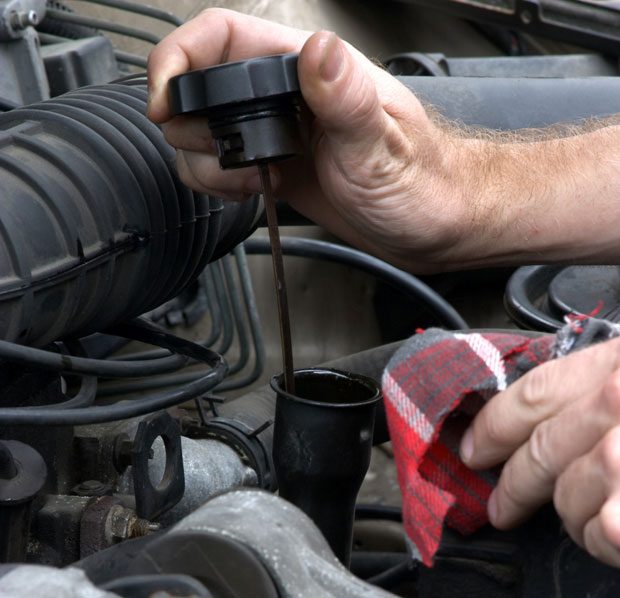Firefighting is inherently dangerous, which is why knowing when it’s time to replace fire personal protective equipment (PPE) is essential for any firehouse. For firefighters, PPE can refer to a number of types of gear that are designed to protect firefighters, and can include respirators, turnout gear, fire hoods, fire gloves, blankets, boots, gas masks, and ballistic vests. All gear requires an appropriate amount of care and maintenance to avoid shortening the life of PPE and impacting its performance. Additionally, cleaning the gear too infrequently could influence contamination risk for illnesses such as cancer, blood-born pathogens, or other infectious diseases.
Currently, the National Fire Protection Agency (NFPA) 1851 provides written standards on the selection, care, and maintenance of structural and proximity PPE. However, it lacks specificity in certain key technical areas, such as cleaning, decontamination and retirement. As asset manager for your firehouse, keeping first responders and the public safe is priority.
The care and maintenance of firefighter PPE is a long-standing issue, triggering a multitude of questions like:
- How are firefighters and fire departments maintaining their PPE?
- How often are firefighters and departments cleaning their gear?
- What is the average shelf-time (time spent sitting in storage) of the gear?
- When was the gear manufactured? Was it over 10 years ago?
- When should you “retire” gear, and what happens to it when you do?
Sound familiar?
If so, you aren’t alone. Within the fire service, PPE will go through a continuous cycle of constant environmental exposures (e.g., chemicals, sunlight, fire gases or other hazardous substances), cleaning, inspecting and repairing — all of which can decrease effectiveness over time.
What’s the Best Way to Track PPE?
The best way to extend the life of your team’s PPE is to track it in a centralized system. By integrating the management of assets and employees, you will be able to better understand the cause of most repairs, and know if PPE needs to be replaced due to a decrease in projected efficiency based on the types of environments it was exposed to. This extra insight helps field managers address behaviors or other conditions that may be contributing to increased repair costs, and helps them better protect their team members.
In a centralized system, managers can also check on the status of work or certifications and licenses required to use certain assets, like fire apparatus driver/operator or weapon qualifications to avoid compliance issues later. Additionally, as any asset manager knows, managing fixed assets versus inventory assets requires two very different approaches.
Fixed assets include items that are purchased for long-term use, and are likely to be repaired instead of replaced — giving an extra level of management needed in order to track ongoing maintenance, warranties, certification, and expiration dates. Some key fixed assets for firehouses are fire apparatus, bulletproof vests, and even emergency rescue tools like the jaws-of-life.
Inventory assets include things like turnout gear and other PPE that are used until retirement, and require strict management of inventory levels to be both operational and cost-effective. In order to maintain the life of PPE and avoid harmful contamination to team members, strict daily inspections and maintenance requirements — including cleaning instructions — per NFPA 1851 should be logged in order to mitigate risk. The NFPA provides various formulas (including percent decontamination efficiency) in order to help firehouses understand what and when specific gear may need to be removed from the front lines.

By carefully and meticulously tracking fire PPE, you ensure that first responders always have safe equipment ready to use when they need it.
PPE Tracking criteria should include:
- Soiling and/or contamination
- Proper fit
- Proper assembly of equipment
- Damaged or missing reflective trim
- Physical damage (rips, tears, holes, broken fasteners, or missing stitches, etc.)
- Asset assignment, location and return dates
In addition to tracking for safety reasons, when it comes time for an audit, you’ll want to have a more comprehensive solution that guarantees accuracy while allowing your personnel time to devote to other aspects of your organization.
Tight budgets and a lack of robust software options have left a lot of firehouses to take on the task of tracking fire PPE manually by using spreadsheets or handwritten ledgers. These outdated forms of tracking don’t offer the flexibility and accuracy that today’s firehouses need.
If you’re stuck using long and complicated manual processes to track your equipment, you aren’t alone. Working with limited budgets and fewer resources than you need is common among administration teams.
We’re here with a solution that can help you streamline your process while saving you valuable time and money.
For more information on how we can help your department Download Our Guide Now


